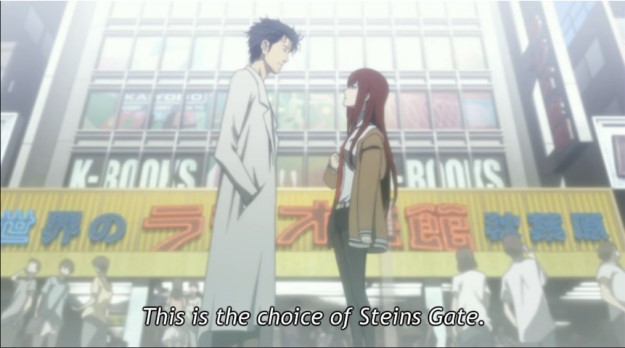“Uhh, I got watch anime lah, but I’m not like super into it like an otaku or something lol hahaha.”
Anime can be a pretty difficult subculture to get into for many reasons. Maybe there are just too many options on Netflix right now and you’re not sure which show you should invest in. Maybe you’re afraid you’ll end up like that one weird friend who has an entire cabinet of cute anime girl figurines who would probably suffer from chronic back pain if they weren’t inanimate lumps of plastic. Maybe you wanted to get into it, and someone recommended you start off by watching a few episodes of Boku No Pico–
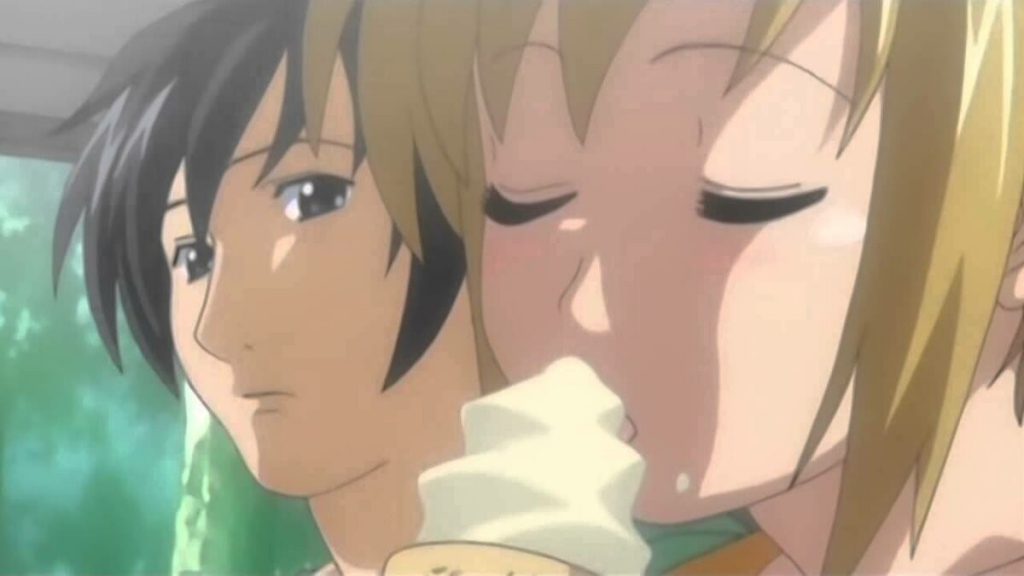
If you only have a cursory knowledge of anime, chances are your impression of it consists of people with crazy hairdos shouting in Japanese while shooting laser beams at each other or people turning into giant robots and stuff.
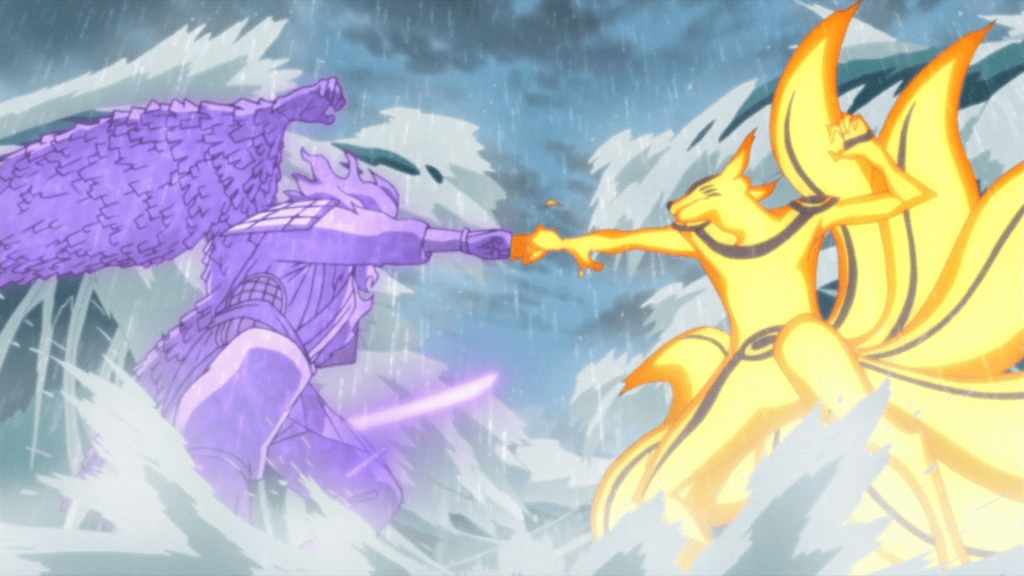
The thing is, anime is defined (at least by Wikipedia) as any hand-drawn, computer-generated animated media originating from, or associated with Japan. Just like cartoons aren’t limited to big Disney movies, anime isn’t limited to Naruto, One Piece, or Sailor Moon.
It is an entire world of media on its own.
There is literally an anime series for everyone. Do you like sappy romances that will make you cry? There’s an anime series for that. Do you like depressing science fiction stuff like Blade Runner? Are you a big fan of complex, mature, epic narratives like Game of Thrones? There’s an anime series for that.
But why should you watch an anime equivalent to, say, Game of Thrones, when you can just watch Game of Thrones?
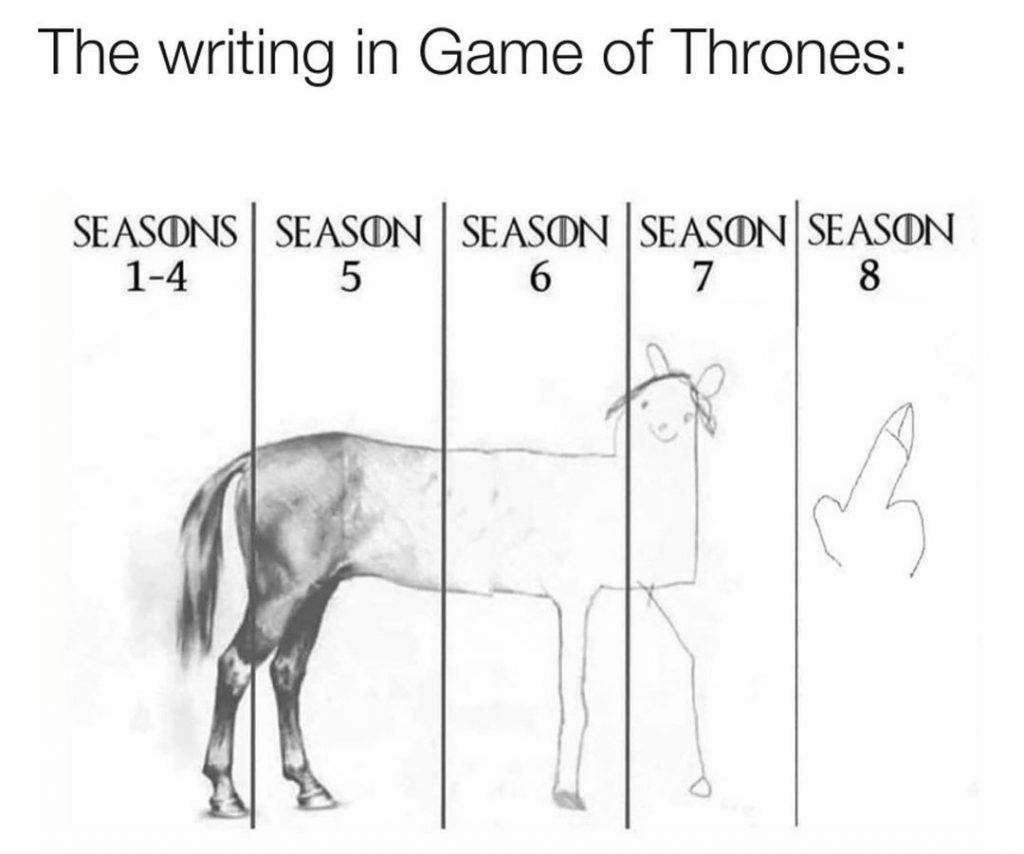
Most big-budget live-action series these days have hour-long (40 minutes or more, to be very precise) episodes. If you’re a working adult who spends most of your time in the office, spending almost 12 hours to watch an entire season of Money Heist or Game of Thrones is a huge commitment. Heck, even taking an hour to watch a single episode might be a little much.
Netflix has an ungodly number of anime titles available to stream on their platform, so it can be difficult to decide what series you should start with if you’re new to the genre and don’t know what to look out for.
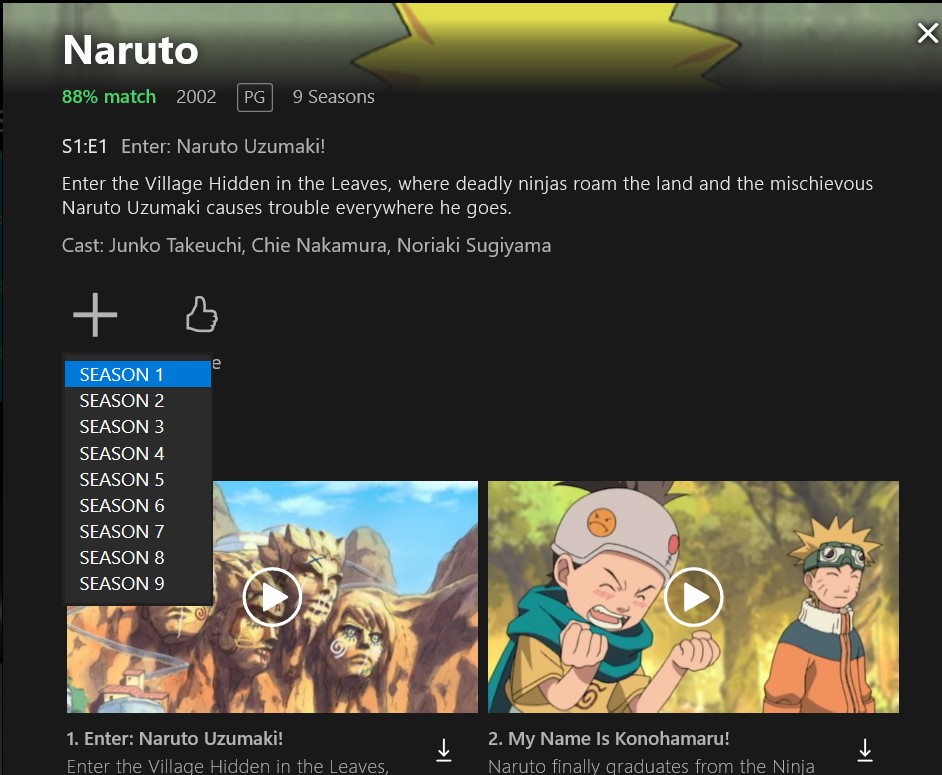
The recommendations we’re going to put out here are relatively short (two seasons or less), can all be found on Netflix, and should each take you a day to finish if you’re power-binging them. So if you are already a big anime fan, don’t get your panties all twisted up in a bunch if the anime your favorite waifu or husbando stars in didn’t make it in – remember, there are only so many smiles we can protect 😔
For everyone
THE DISASTROUS LIFE OF SAIKI K.

To watch if you like: Comedies with oddball characters. Brooklyn 99, The Office, Parks & Rec, Family Guy
Pros: No over-arching plot. You can pretty much start with any episode and still be entertained and roughly get what’s going on.
Cons: A few of the episodes are kind of meta, and may require some knowledge of basic anime tropes to really get the most of.
FOOTNOTE: There are two Saiki K anime series on Netflix – The Disastrous Life of Saiki K, and Saiki K Reawakened. The latter is a special season commissioned by Netflix which…isn’t really as good as the former. Go for Disastrous Life first, and if you end up being a fan, you’ll probably enjoy Reawakened a lot more.
Saiki K is the kind of Netflix show you get in the mood for if you need something light to watch over lunch that doesn’t require any thinking at all.
Here’s what you need to know about Saiki K: it’s about a high school student named Kusuo Saiki who has god-like psychic powers, but instead of going around saving the world or setting high school proms on fire, he uses them to either A) prevent people from finding out about his powers and B) get his annoying classmates to leave him the hell alone because all he wants is some peace and quiet.
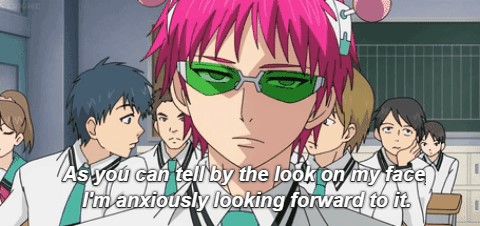
Because the show literally gives no fucks whatsoever about something as trivial as an overarching plot, you can never really predict how each episode of Saiki K is going to end.
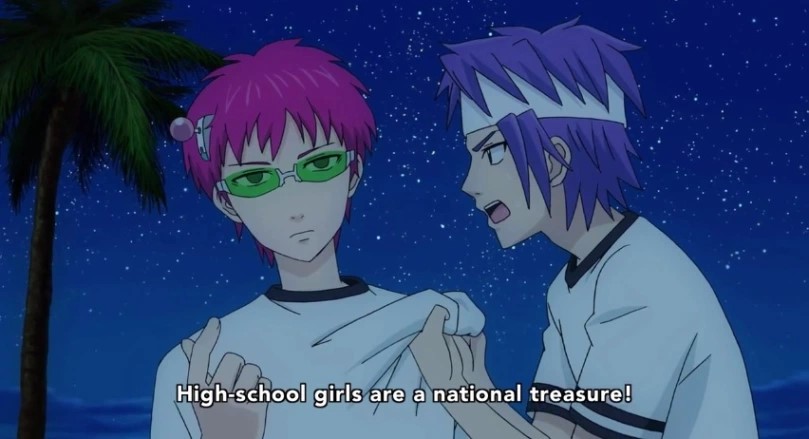
Between Kusuo’s veritable arsenal of (hilariously misused) powers and the show’s ever-expanding cast of madcap characters, the amount of comedy Saiki K’s creators manage to milk out of their deceptively simple premise is staggering.
AGGRETSUKO

To watch if you like: Light slice of life stuff with some depth. As for similar shows that are more popular…er…well, the only other animated shows with anthropomorphic animals I know of are Bojack Horseman and Peppa Pig, both of which are way too dark to compare with Aggretsuko.
Pros: It’s cute. It’s a super-easy watch at just 15 minutes per episode. But despite its cuddly appearance, Aggretsuko surprises with its relatability, realness, and its well-rounded presentations of the issues young professionals face.
Cons: If you’re an alpha male-type whose masculinity is at risk of sprinting away if you so much as look at something cute, you may want to stay away from this one before one of your bros sees you watching this and calls you a big gay.
Aggretsuko is made by Sanrio – the same fine folks who came up with the Hello Kitty franchise and Gudetama.
“Hold up a minute,” you say. “I’m not three years old, I ain’t here to watch kawaii kiddy shit.”
Well, that’s exactly what I said to my girlfriend when she tried to get me to watch this series. But as any man still in a happy relationship knows, sometimes you gotta take one for the team in order to not sleep on the floor.
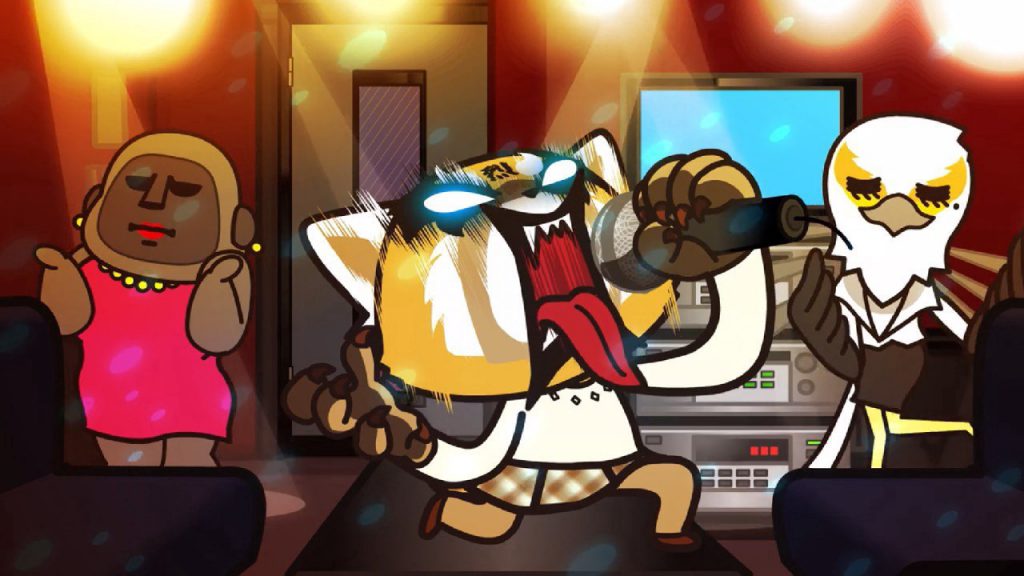
Aggretsuko has, again, a very simple premise: Retsuko, a timid, soft-spoken twenty-something anthropomorphic red panda, has just graduated from college and is now working as an admin girl in a big trading firm. She has come to dread the daily grind of waking up early, squeezing in a crowded train with the other office drones, and then being forced to work overtime because her boss is literally a pig and her co-workers are (on the surface, at least), either painfully boring or straight-up annoying. Her only solace in this never-ending cycle? Booking a karaoke room all by her lonesome and screaming death metal songs to let out her pent-up frustration.
While you would expect a cutesy anime like Aggretsuko to present ‘model’ answers to the many real-life problems it portrays in its short, 10-episode run, the show actually very explicitly reminds Retsuko, and the audience, many times that the issues we struggle with while trying to master the mystics arts of adulting are very rarely as black-and-white as we make them out to be.

Although it never gets very dark and brooding, Aggretsuko always stays relatable, and if you’re a twenty-or-thirty-something-year-old in the working world who is still wondering if there is more to life than being stuck in a cubicle from 9-5 churning out mindless reports, give this show a go. You won’t regret it.
For the romantics
RASCAL DOES NOT DREAM OF BUNNY GIRL SENPAI
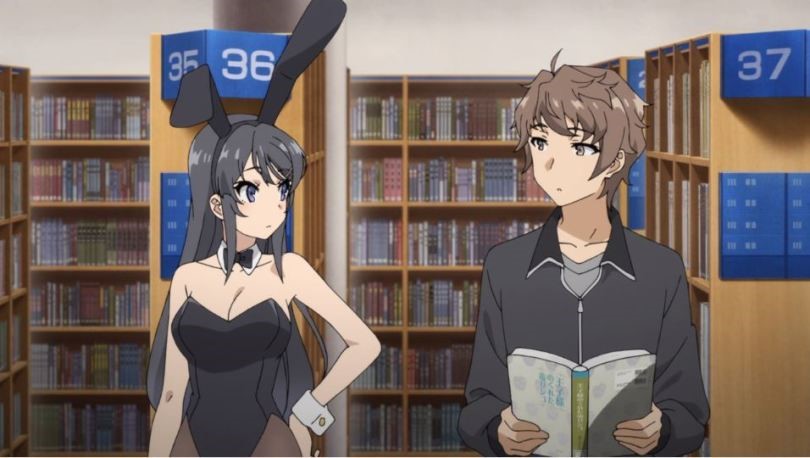
To Watch If You Like: Emotional teen slice-of-life dramas. Think Sex Education without the sex and raunchy humour, and with the realistic life lessons cranked up by about two points.
Pros: FINALLY! An on-screen couple that isn’t melodramatic!
Cons: Your parents could see that ONE scene where the infamous bunny suit does make its appearance and think their child has grown up into a sexually deviant good-for-nothing.
Okay. Don’t freak out. We know that the title has ‘Bunny Girl’ in it, and we’re not trying to force some strange fetish down your throat here, and despite appearances Bunny Girl Senpai is legitimately one of the most wholesome romance dramas ever. Seriously.
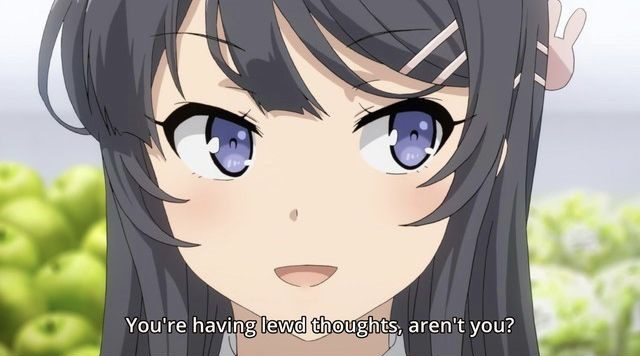
The lowdown is this: in the world of Bunny Girl Senpai, teens get strange, unexplainable ‘happenings’ called ‘puberty syndrome’ that occur to them if they’re going through a particularly tough time in life. Things like switching bodies with an estranged sibling or having cuts appear on your skin when people say mean things about you, or gradually becoming invisible when your peers at school are ostracising you.
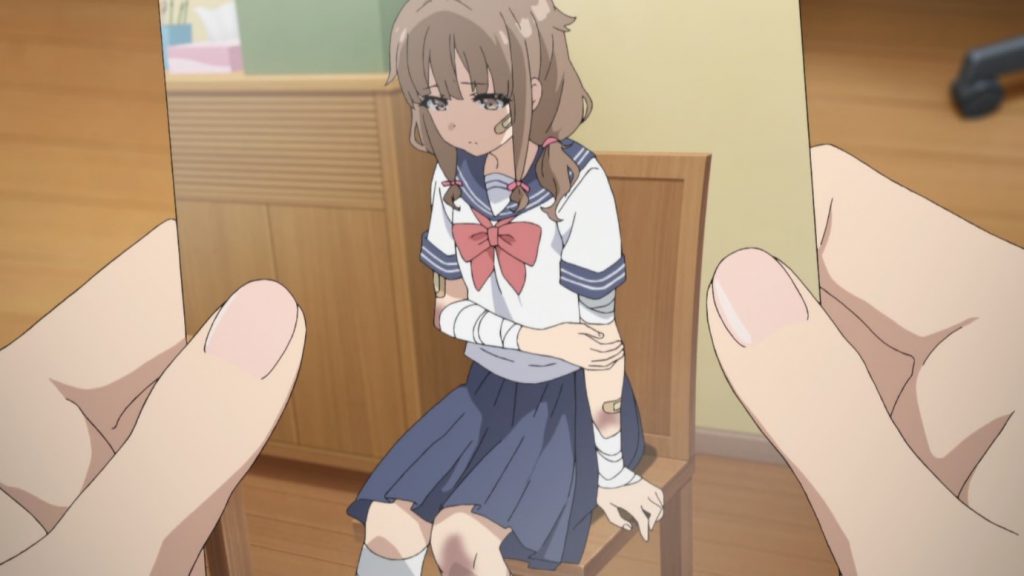
Our protagonist, Azusagawa Sakuta, is your bog-standard snarky loner with a heart of gold. Sakuta has had a particularly nasty experience with puberty syndrome, so when a pretty senior in school, former child celebrity Sakurajima Mai, opens up to him about becoming slowly invisible to others after she retires from showbiz, he tries to help.

So what makes Bunny Girl Senpai stand out from the dozens of romance anime and live-action shows on Netflix? Well, for one, if you’re a fan of couples who throw around clever, sarcastic banter like, say, Otis and Maeve from Sex Education, then you’re going to love Sakuta and Mai.
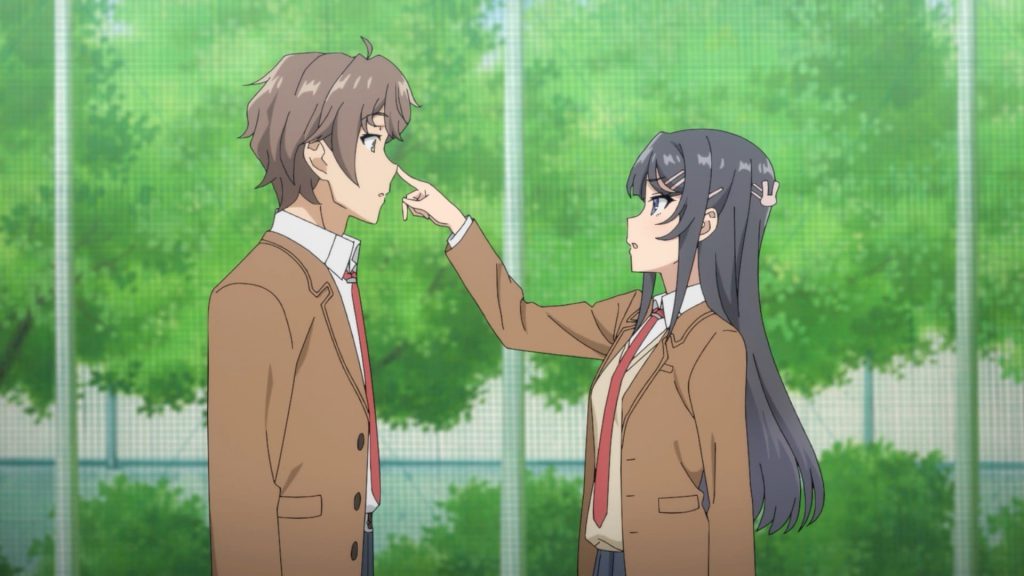
The two are consistently portrayed as a healthy couple who (mostly) communicate with each other and often work together as a team to solve the problems the plot hurls their way. Sure, they have their misunderstandings, but they always go out of their way to trust one another and be there for each other. And when they’re not solving problems together, they’re comfortably trading sarcastic verbal karate like it’s going out of style.

The fact that on-screen couples like these are so rare not only in anime, but in television in general, is a really big problem, and one I think really needs to be addressed, as so many relationships portrayed on screen are straight up dysfunctional from the get-go.
Aside from this, the characters Sakuta and Mai encounte,r who also suffer from their own brands of puberty syndrome, give the show chances to offer unique takes on portraying the inner emotional turmoil many teenagers go through in the process of growing up. Instead of offering neat, black-and-white solutions to these problems, the decisions the characters of Bunny Girl Senpai often end up making are, while ‘right’, still messy, emotionally heavy and not without consequence.
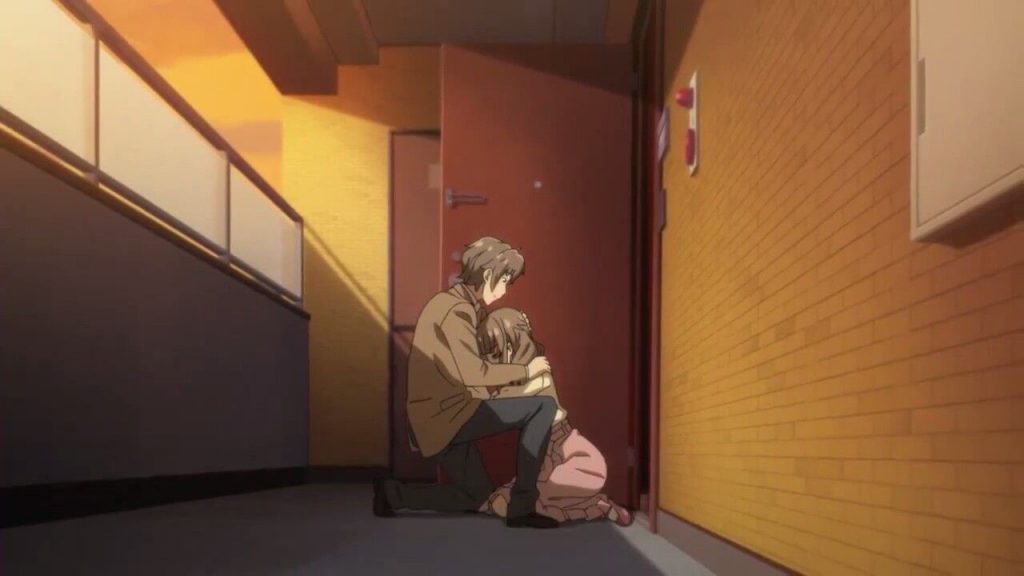
HI-SCORE GIRL
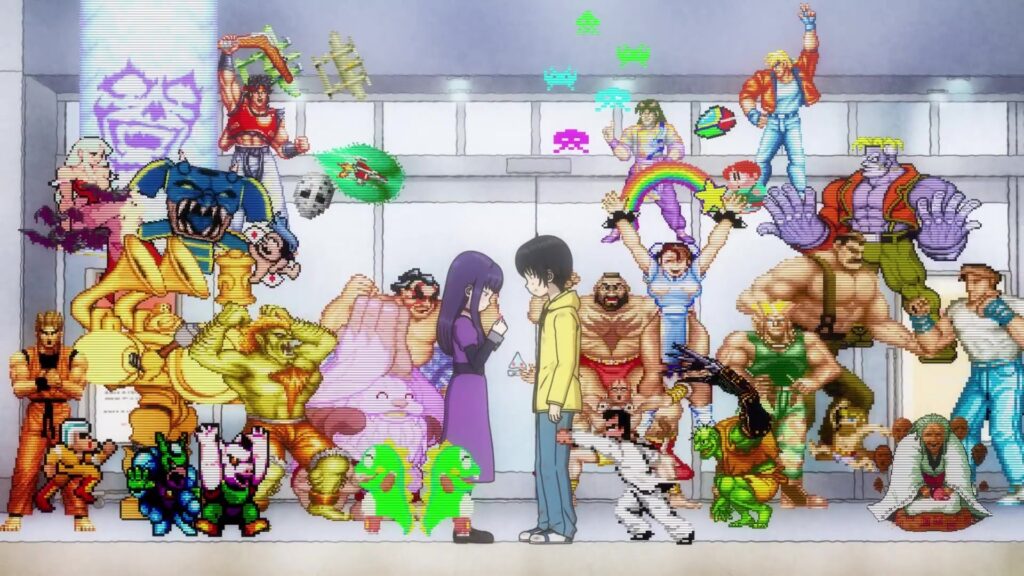
Watch It If You Like: Nostalgic coming-of-age stories and romance. Think of it as Stranger Things without the supernatural element.
Pros: It’s endlessly entertaining, sugary sweet, and all the retro game references are loaded with nostalgia.
Cons: Hi-Score Girl isn’t a traditional, hand-drawn anime, but is mostly rendered with CGI – so if you’re not used to that, the art style can be a little jarring.
I personally picked up Hi-Score Girl on a weekend thinking it would be a fun and wholesome lunchtime watch. I was right…except until I reached an episode where I ended up bawling like a kid being dragged to his first day at kindergarten.
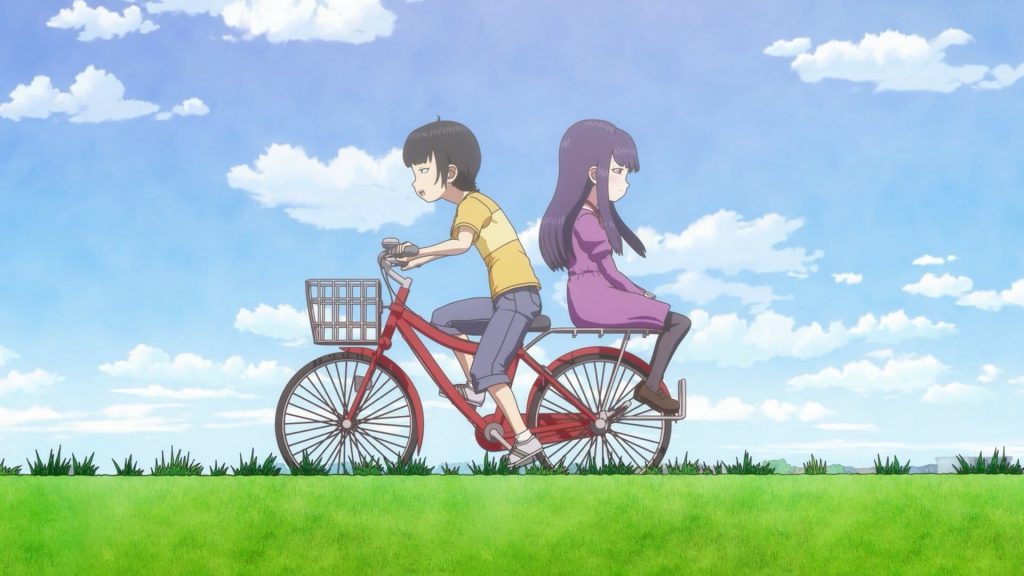
Hi-Score Girl begins in 1991, when Street Fighter and other fighting arcade games were popular in Japan. Haruo Yaguchi, who is the kind of boy who is proud of skipping class to play arcade games, gets absolutely humiliated when Ono Akira, the quiet rich girl in his class, beats his ass in Street Fighter in front of a crowd. The two then become inseparable, building a truly heartwarming relationship that spans years – with arcade and console games as its foundation.
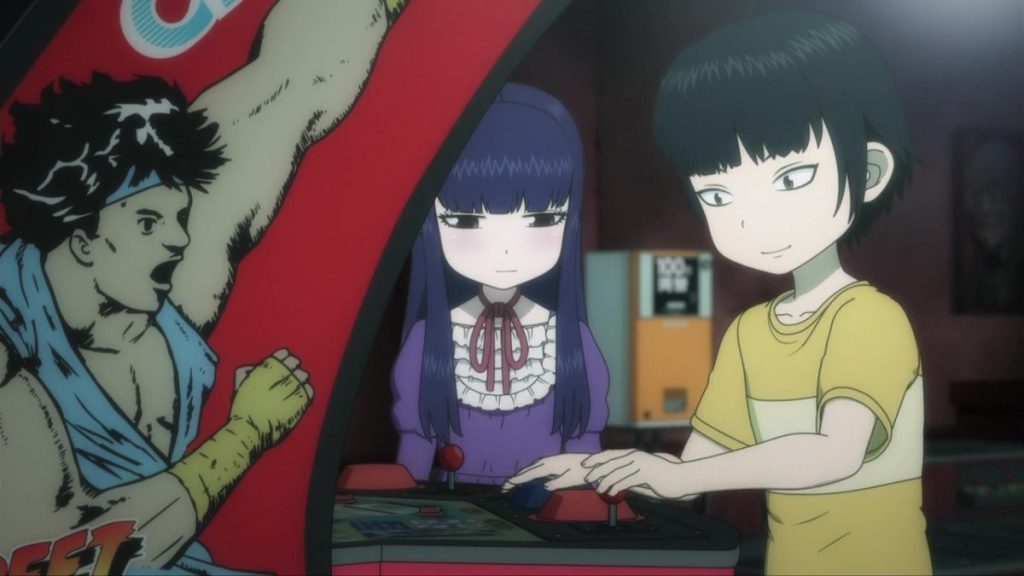
As it is, the relationship between Haruo and Akira is so wholesomely sweet and well-developed throughout the series’ two-season run, you can still appreciate the story and root for their individual struggles without any retro game knowledge. It is easy enough to see that the creators of Hi-Score Girl are absolute arcade and console geeks – the narrative is littered with facts and titbits of nostalgia – but the games also never fail to do their bit as a vessel for the characters’ development. The best relationships are forged from shared passions and interests, and Hi-Score Girl masterfully pushes this theme from the series entertaining start to its emotional end.
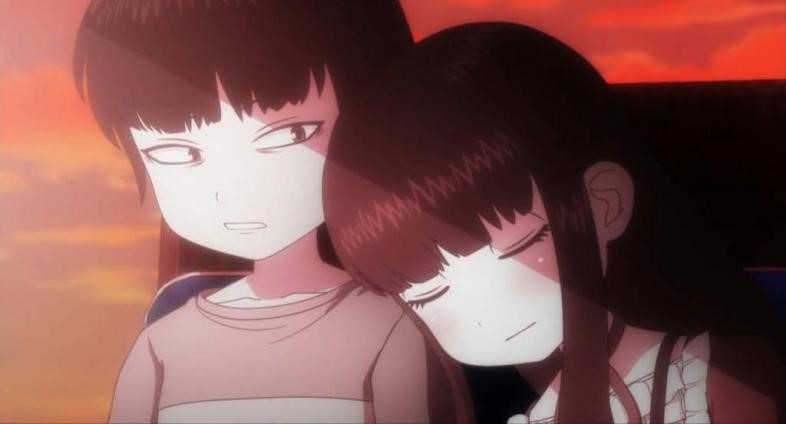
If you like mature, complex narratives
PSYCHO PASS
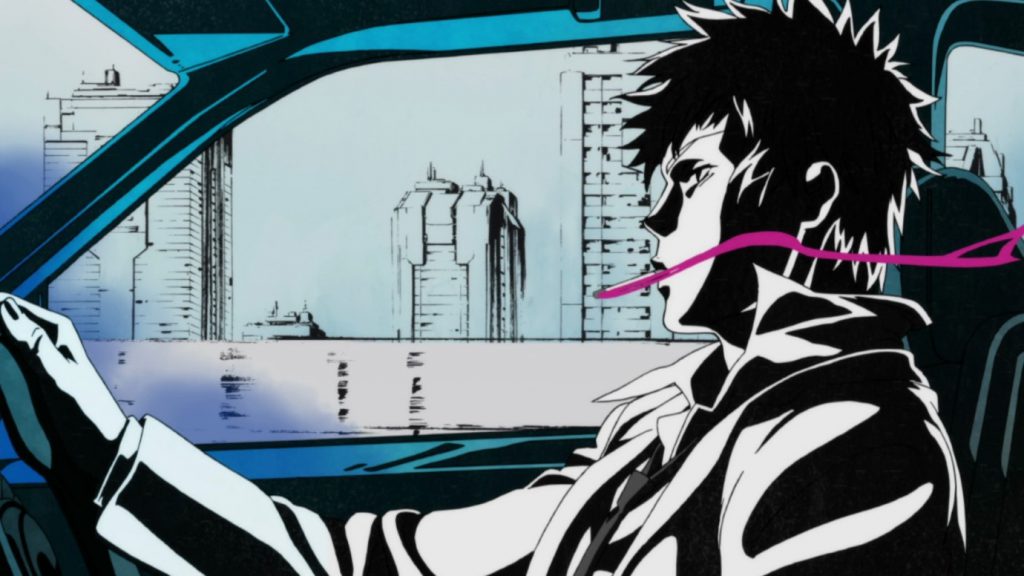
Watch it if you like: Blade Runner, Minority Report, Sherlock.
Pros: The art, visuals, and world-building are incredible. Psycho Pass is also a great example of how anime creators are consistently able to pull off incredibly complex narratives with limited runtime – each episode’s runtime is 25 minutes or less.
Cons: Because Psycho Pass’s world is so intricately developed, the series does take its time to make sure you know the rules of its twisted dystopia before actually getting into the main plot, so you’ve got to have a little patience.
If you like dark, complex thrillers that tackle challenging themes, you simply cannot pass on Psycho Pass.
Sorry. Couldn’t resist.
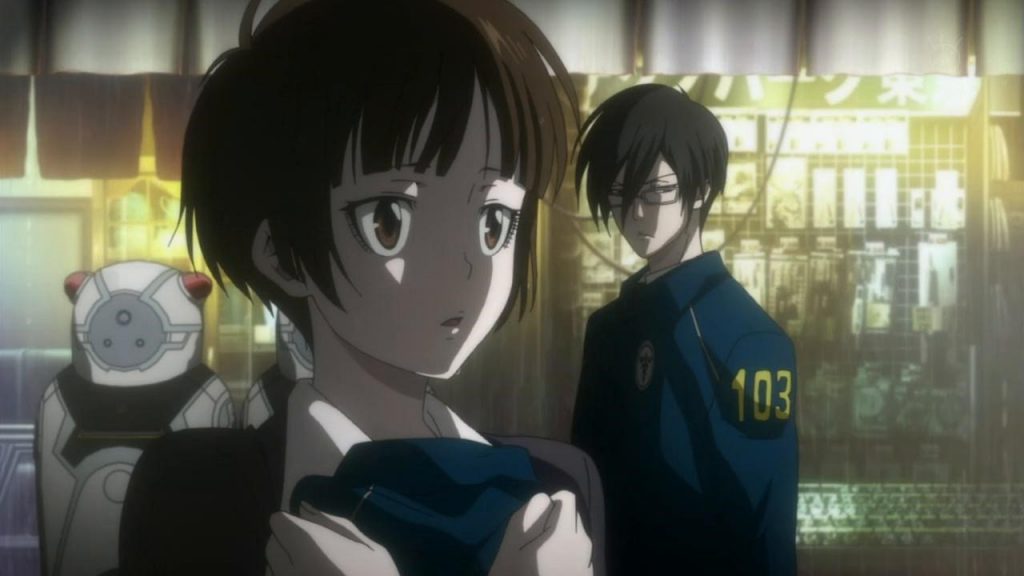
Psycho Pass is a science-fiction detective thriller about a dystopian society which is ruled by the SIBYL System, a complex AI that makes decisions about everyone by measuring their psychological state – this is something called a Psycho Pass. Individuals who are deemed psychologically unstable are literally hunted down by the police before they can commit crimes. The series starts off when the police are sent to track down Shogo Makishima, a criminal mastermind who plans to take down the SIBYL system. The catch? Because Makishima is a complete psychopath who actually believes everything he does is right, his Psycho Pass never goes beyond the level that SIBYL considers criminal.
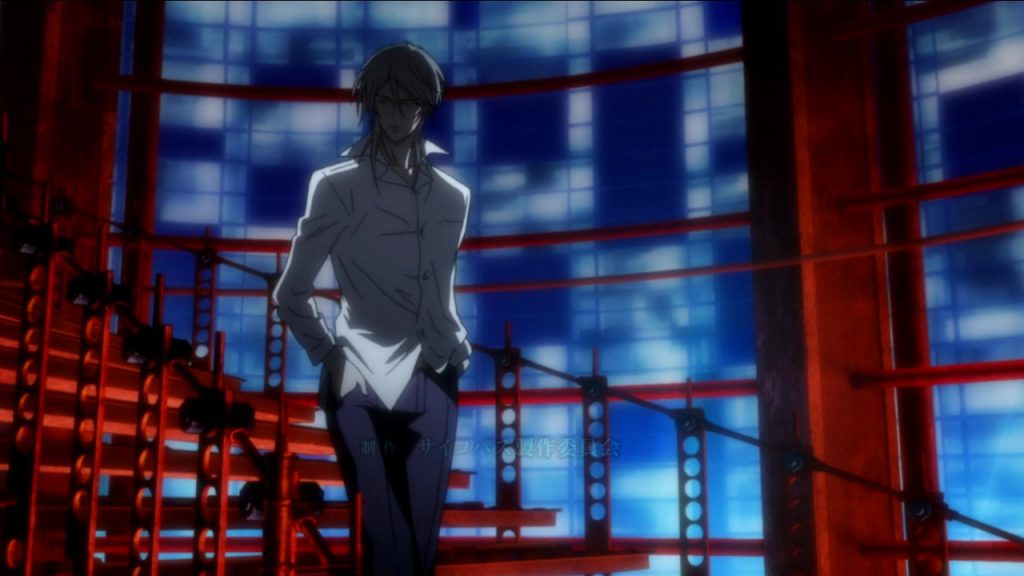
The series, like all great science fiction stories, uses its futuristic setting and premise to examine many complex themes, such as the idea of free will, and the feasibility of having a ‘perfect’ computer system make decisions about how society should be run. With its slick, layered writing, incredible action sequences, and breath-taking visuals, Psycho Pass is definitely a series you shouldn’t miss if you love a good thriller.
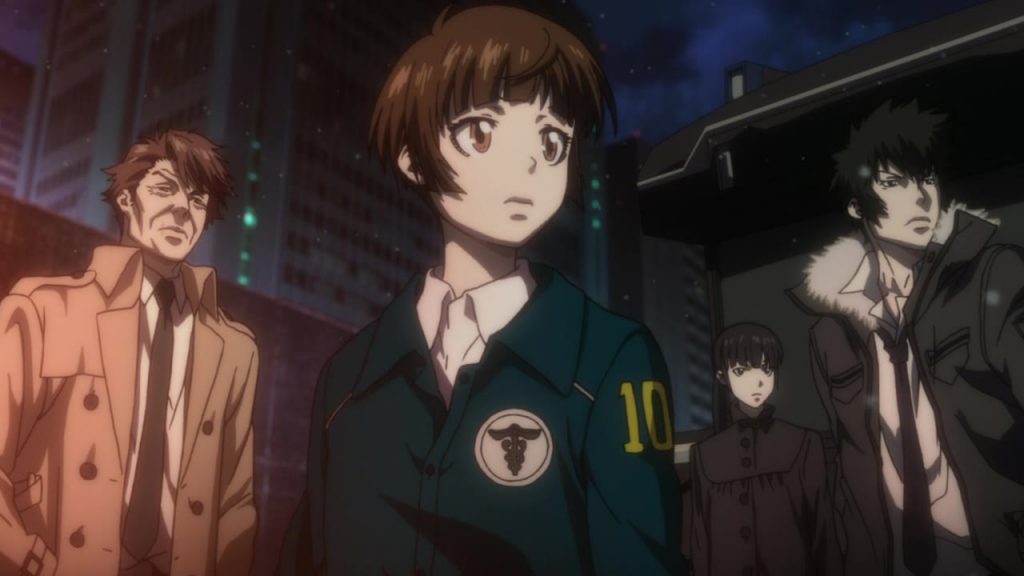
STEIN’S GATE
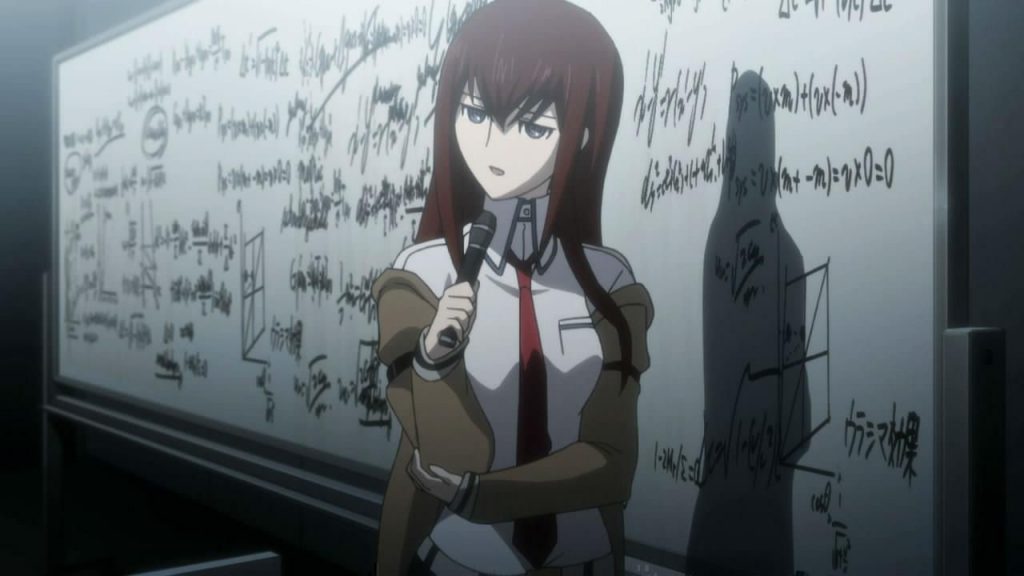
Watch it if you like: Slow burn thrillers and high-concept science fiction. If you’re a big fan of Nolan films like The Prestige and Inception, or if you liked The Sixth Sense, then you’ll love Stein’s Gate.
Pros: Simply one of the greatest examples of intricate writing in anime, and in general. Ever. Has a story that rewards you immensely if you have the patience to sit through half a series’ worth of setups.
Cons: You have to have the patience to sit through half a series’ worth of setups.
Ahh, Stein’s Gate. Truth be told, this is a recommendation we were really unsure about making because this really isn’t a show for everyone. However, it still stands as one of the greatest examples of anime’s potential to tell incredible stories – if you have the patience to sit through it.
We don’t want to give you too many details about Stein’s Gate’s plot because it is quite complicated. For one, it’s a story about time travel…sort of. Basically, what you need to know is that it’s about Okabe Rintaro, a college student who deludes himself into believing he’s some kind of mad scientist, even though he’s broke, has no actual knowledge of science, and his ‘lab’ is really a run-down apartment he rents with his friends.
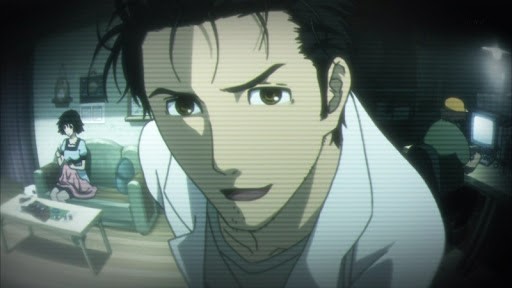
Okabe literally stumbles into discovering time travel when one of his so-called gadgets, a repurposed microwave oven, mysteriously gains the ability to send e-mails to other people back in time. Just like any other reasonably sane person would, Okabe starts experimenting with this new ability by trying to change past events, which…doesn’t end well.
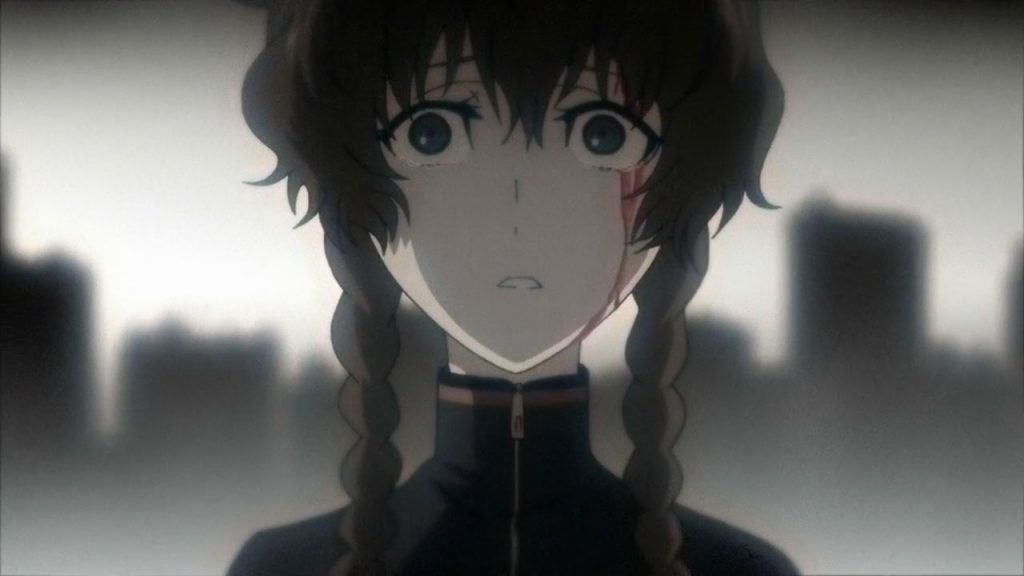
We know: the premise sounds ridiculous, right? A microwave oven that can send e-mails back in time? Really? How does that even make sense? Well, that’s one of the great things about Stein’s Gate. The first half of its story is very, very slow-paced, and doesn’t seem to make any sense at all, until one particular episode midway through where the series’ creators pull off one of the greatest fucking twists ever – a twist that is absolutely guaranteed to make you leap off your chair and yell: “HOLYFUCKINGSHIT!”
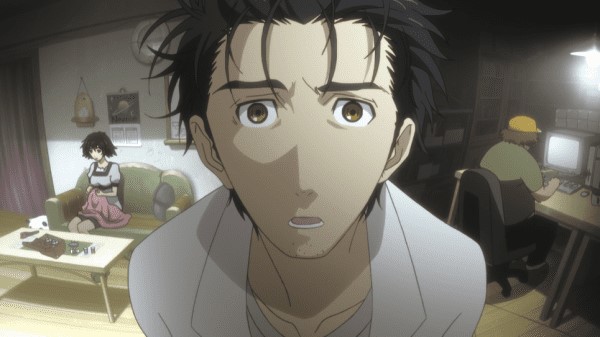
From that episode onwards (you’ll know which one, believe me), the gloves come off, and the series becomes a series of emotional and mental gut punches that hit you over and over until the show reaches its conclusion. It’s honestly one of the biggest mindfucks you could ever experience in a piece of media, period.
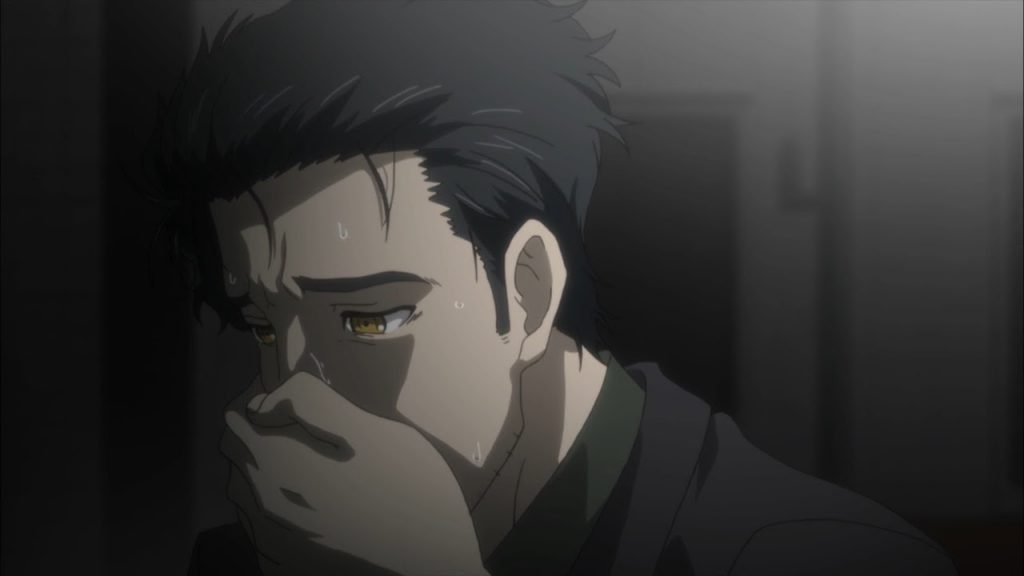
There is a big caveat though – and that lies in Stein’s Gate’s first half. It’s slow. Very slow. In order to set up that roller coaster of a climax, the show’s writers really take their time to very subtly establish a series of plot-threads that seem to make no sense whatsoever until they do, and also takes painstaking effort to get you to know every single one of its eccentric cast of characters. But if you have the patience to sit through 10 or so episodes where it seems that nothing makes sense – well – trust us here, you’ll be in for one hell of a ride when everything pays off.
